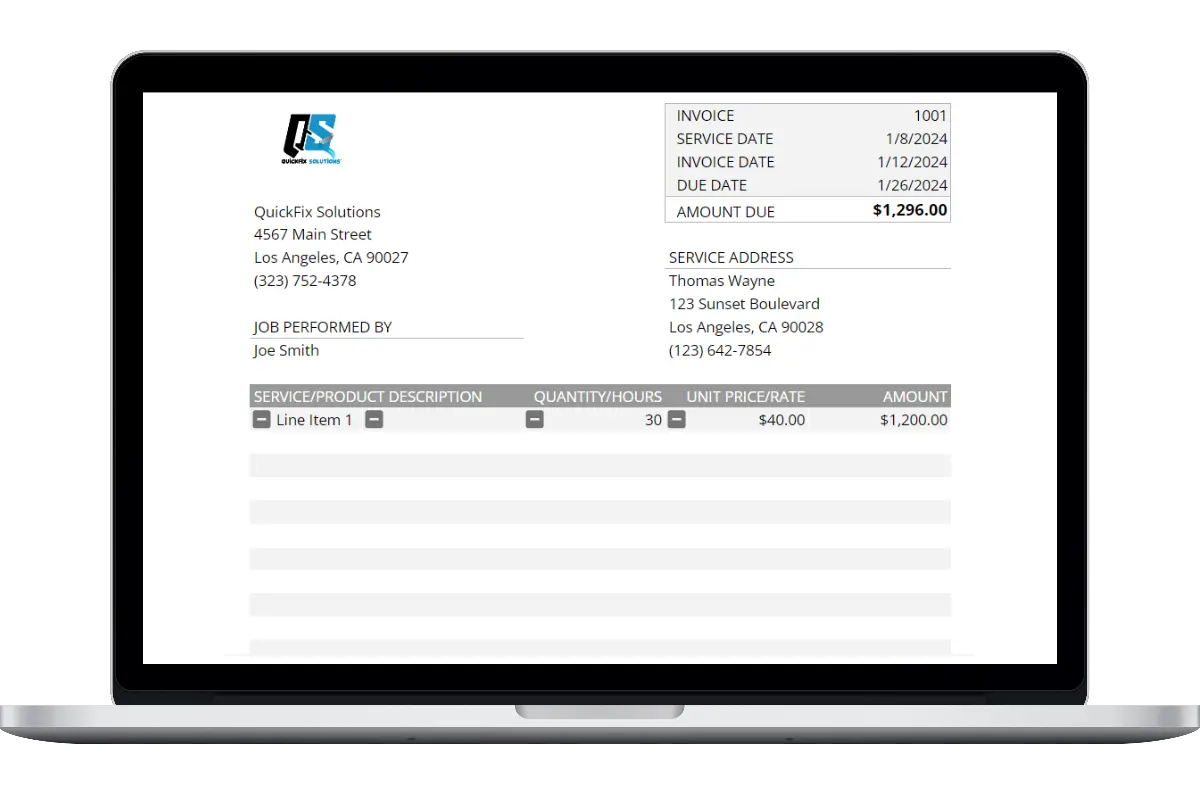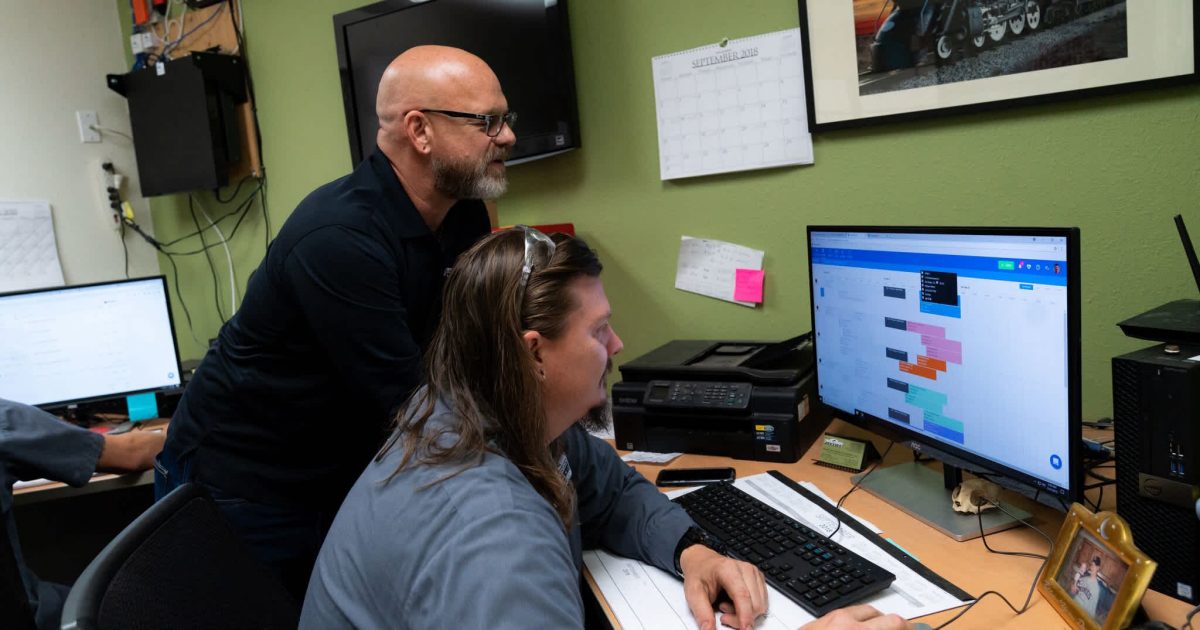
May 13, 2020 quick update
The Johns Hopkins CSSE dashboard is reporting 4,336,973 confirmed cases globally and 296,252 deaths with 1,540,464 recovered. 1.38 million US cases and 83,791 deaths and over 240,0000 recovered as of 3:32pm on May 13.
The majority of countries are currently exhibiting doubling times of more than 10 days. Compared to the end of March—when most countries’ epidemics were doubling faster than 8 days—this is an encouraging sign. A number of countries in Africa, however, are doubling faster. The New York Times continues to track state-level COVID-19 incidence, with a focus on state policies regarding social distancing.
More than half the states have started to reopen their economies in some meaningful way or have plans to do so soon, raising concerns among public health experts about a possible surge in new infections and deaths. Many states that are reopening failed to meet criteria recommended by the Trump administration before loosening restrictions on businesses and social activities.
In Georgia, barbers are giving haircuts with face masks and gloves. In Texas, movie theaters are filled with customers. People are going to the gym again in Tennessee.
Washington state continues its process of relaxing social distancing measures, Governor Jay Inslee released guidance for various sectors under the state’s “Safe Start” plan. Through the Safe Start approach, counties with a population of less than 75,000 that have not had a new case of COVID-19 in the past three weeks can apply for a variance to move to Phase 2 of “Safe Start” before other parts of the state. Under Phase 2 of the state’s plan, retail stores must remain below 30% occupancy, Restaurants must maintain below 50% occupancy as well. This guidance also outlines provisions for employee safety and facility hygiene as businesses begin to resume in-person operations.
One major point of contention as state and local governments adjust social distancing measures is the use of face masks or coverings. Face coverings are mandatory in some parts of the country but not others, and some governments have maintained requirements for mask use in public as they ease other restrictions. In some states where mask use is not mandatory, individual businesses are permitted to set their own requirements, which can result in variations within the same community.
US SENATE COVID-19 HEARING
Yesterday, the US Senate Committee on Health, Education, Labor, and Pensions held a hearing with several senior officials from the US government’s COVID-19 response. The experts addressed a broad scope of topics, including the potential for increased transmission as states relax stay at home measures, the timeline for vaccine availability, the distribution of Remdesivir, and the US COVID-19 death toll.
NEW US HOUSE COVID-19 BILL
Democrats in the US House of Representatives introduced a new economic stimulus bill to support essential workers, including frontline healthcare professionals and first responders. The bill—called the Health and Economic Recovery Omnibus Emergency Solutions Act (HEROES Act)—would provide an estimated US$3 trillion in funding to individuals and state, local, and tribal governments. In addition to funding for stimulus checks, supplemental unemployment benefits, student loan forgiveness, small businesses, and healthcare, the new bill includes a number of other provisions. Notably, the HEROES Act would provide supplemental pay for “essential frontline workers”—$25,000 each through the end of 2020—and a $15,000 recruitment incentive to facilitate expanding the healthcare workforce. The House of Representatives is expected to vote on the bill by Friday, but
Senate Majority Leader Mitch McConnell reportedly indicated that the bill is unlikely to pass the Senate.
Video topic: The 5-Cs of high level leadership
Interview with Special Guest: Captain George Dom
Tell us about yourself, your background, who you are and how did you rise to those extraordinary levels?
I grew up in Western Pennsylvania, the youngest of three boys. My father had served in the Navy in World War II. And while he didn’t pressure us in any way, I could tell that he had a desire for one of his sons to have a military experience. Being the youngest that came down to me. Other than proposing to my wife, applying for the ROTC Scholarship and getting commissioned into the Navy and to go off to flight school was the smartest decision I made. I would just say that I have been very, very fortunate.
Give me your thoughts on how you go build a team? How do you get into the fight and actually do well and get to the point of thriving in the COVID-19 world?
There’s no silver bullet. It takes time. It takes patience, it takes dedication.
The most important ingredient in building a team is hiring the right people. You need to make sure that you bring into the organization, the people that share your values and have the characteristics that you think are necessary in order to be successful.
When I joined the blue angels as the leader, interestingly enough, you don’t come in as the wingman and then fleet up to be the leader. You come in as the leader. For me to be successful as the flight leader of the blues, I had to figure out how to develop a level of trust with my wingman that they would come to work every day and literally put their life in my hands every single day. Frankly, I wasn’t smart enough to figure it all out ahead of time, but we had two amazing years and when I look back on that experience, I realized there were five things that I had to pay attention to.
In order to earn that level of trust, you have to do all five:
- Character – Do you walk your talk? Do you keep your promises? Do you live up to your commitments and your obligations? Do you live our shared core values?
- Commitment – Are you going to be with us when the going gets tough and not just are you going to be with us, but are you going to show up and play your A-game and lead us to victory on the other side of the storm? Because if you’re just going to show up and cast blame, take names, make excuses, CYA, forget about it.
- Competence – Are we going to hire somebody? Are we going to promote them? Where did they go to school? What’s their resume say and so forth? And believe me, being competent and skilled is really important. No question about it. You’ve got to be good at what you do. But I put it third for a reason because I believe that if you don’t get the first two, if the person doesn’t walk his or her talk and isn’t committed and all, the competence doesn’t really matter. But if you can get the first two, if you hire somebody who shares your values as core values and won’t compromise and is all in committed to your company’s mission and purpose, then by and large you can teach them what they need to know.
- Connection – The fundamental thought is that you have to step away from your window and look at the world through their window. We always assume that everybody is looking at the world the same way we are, but they’re not because they’re not you. They come with a whole different set of experiences and you know, perspective and temperament and all of that. So we have to find ways, and typically the biggest skill to accomplish this unfortunately isn’t taught in school. And that is just simply being able to be a really good listener. Listening is the most powerful one to make sure that you understand not what you think their story is, but what do they think that their story is?
- Communication – Connection is about, do they believe I understand them. Communication is, do they understand me? How many times have you been working for somebody or in a team with somebody and you just can’t understand them? You need to have a mechanism that confirms that the message that you intended to send was actually the one that’s received. And too often we forget to do that and we assume that people get it, but they don’t. Not yet anyway. Ask them to tell me what or how you’re planning to do this. What have you heard? And make sure that they can recite back to you satisfactorily. You’ll be surprised how often they heard something different.
Was there a time along the way that they saw that commitment in you? Was there a breakthrough moment along the way where they understood that you really had that commitment, that you were someone they wanted to follow?
The story I often tell is about an air show that we did in El Paso, Texas my first year. And the weather was pretty turbulent. The wind was blowing 24, 26 knots, coming over a ridge line over the airport and just causing a lot of turbulence and we made some adjustments and nobody on the ground had any idea how hard we were working that day. But when we landed we were a different team because that day they learned that in the toughest conditions I was going to show up and fly a really solid jet. And I learned that on the toughest days they were going to join up and fly close information with me. And so our performance went to a new level after that show because we went to a new level of trust and confidence.
So every day you keep working incrementally to improve tight routines type practices. And that was a kind of a breakthrough day for you. Was that early on in the, in the team building for you?
Yeah it was, it was fairly early in that season. I mean whenever you come out of winter training, we go to winter training from early January to the middle of March. And throughout that, the entire squadron, it’s all about building trust. Because think about it, when you see the team fly, three of the pilots are in their first year and three are in their second year. It’s a two year rotation, so 50% turnover in the formation every year. And for the support personnel, they’re on a three year assignment. So for them, 33% turnover. So just imagine if you had that amount of turnover in your company. It’s amazing. So a lot of the winter training is all about just like any sports team that goes into summer camp to build trust and confidence in each other.
The question my team was asking about me every day in the pre-flight briefing are you good enough to be our leader today? Are you better than you were yesterday? But not as good as you’re going to be tomorrow? Because we don’t want to stay here. We want to keep getting better and better and better. And we can’t get better as a team unless you as a leader keep getting better and better.
It was an atmosphere of continuous learning. We were always trying to improve and get better. We never were satisfied with a performance. And we spent a lot of time debriefing after every flight demonstration and every practice in order to be able to analyze what went well, what can we learn, what can we do better next time?
You talk a lot about living in constant discomfort and always being uncomfortable as a process of part of your learning and a deliberate practice. Maybe elaborate a little bit on that piece. Because I feel like sometimes it’s easy for our pros to get comfortable and you kind of get in a groove, but then ultimately you’re not doing your team any favors, especially when you’re talking about their ability to trust in your competence.
The challenge that we have as leaders is we get to a point of success and then we develop this sort of ego or self esteem and so forth. And we just try to protect it all the time. And consequently, we stop learning.
If anybody’s ever seen the Ted Talk with Ken Robinson, he tells a story about an elementary school where they’re having art and the teacher tells him they could just, you know, draw a picture, whatever they want. And she’s walking around the room and she goes to the back of the room and here’s little Mary back there working away on this picture. And she says, Mary, what are you drawing? And Mary looks up and says, I’m drawing God. And the teacher says, Mary, nobody knows what God looks like. And Mary says, they will in a minute.
I think that’s a great lesson for us because kids aren’t afraid to give it a go. They will get after it and they will just keep trying until they get there. And we need to be more like that. Your teams will give you great credit if they know that you’re trying to get better, even if you stumble a little bit here and so forth, they will admire that. And you’re leading by example cause you want them to get better too.
Challenge for pros to develop their listening skills
Do a debrief after a call to a prospective customer on how much did I talk and how much did they talk. Because too often we are transmitting and we don’t give them a chance. We’ve got a solution and we’re going to tell them how great it is, but I suggest a technique is to just keep asking. Well, what else? What else can you tell me? What, what more is there? Is there anything else until you hear them say, Nope, that’s it a couple of times, then you’re good. But until then we should just keep listening.
At Housecall Pro, Brooks challenges the sales team to go through the day and every person that you run into, you have to ask them three questions and hear them out. And I mean the bus driver, the person on the Metro, the Uber driver, your employees or significant other and you will be exhausted. You find that it is really hard to ask genuine questions and wait for the answer and probe and follow up until you really get the depth of it.
So most of the time when you’re in a conversation, how do you become aware of how much you’re actually speaking? How do our pros go back to their truck or maybe hang up the phone when they’re done on a call and figure out how much talking they did, how much question asking they did?
If they just go into the engagement with that as an objective and just be mindful of that. Just being aware of that as a criteria. I think they’ll be able to figure out the answer. If you have somebody else with you on the call, they could be your truth teller and they can tell you afterwards.
People have this notion, I’m an active listener and what they mean by that is you tell me something and I’m going to tell you a story about how I did the same thing or I had a similar experience. My advice on that is look, if they want to hear about your experience, they’ll ask.
Why is connection so important?
I think that’s the most important one because I think Stephen Covey has it right. That you can be efficient with things but you can’t be efficient with people. And the only way to make connections with somebody else where they feel truly understood, you have to slow down and you have to take time and you have to invest into that relationship. And unfortunately, many of us are just traveling too fast and we got these phones and all these things that distract us that when we, even when we are with somebody and sometimes it’s the people we say are most important to us, we’re really not there. We’re there physically, but we’re really not present.
For pros that might not realize who Stephen Covey is, people know him best for The 7 Habits of Highly Effective People, but his best book secretly is Speed of Trust, which goes really well with all of the things that you’re saying. So if you haven’t read that, that is super valuable. If you like what you’re hearing here, you want to dive in even deeper.
George, what was your nickname?
Thankfully with the Blue Angels, the tradition is the leader’s always referred to as the boss. So for two years, I was known as the boss. In the fleet, my call sign was Elwood, which was a blues brothers thing that is a little embarrassing. But here we are.
We talked briefly earlier about the lady pros community that we have this movement of women who are in the trades. What advice do you have for these lady pros in our audience for establishing leadership trust with an all male or predominantly male team based off of those Five C’s that you just took us through?
The 5 C’s are not gender specific, they work regardless. I think this is a great place to focus
I was at the commanding officer of an 18 squadron. Um, whenever we, uh, the Navy decided or the American public decided that the Navy was going to be a equal opportunity employer and that women were given the opportunity to serve in combat, uh, units, and we had women coming aboard the aircraft carrier. And, um, that was a, that was a very interesting experience and, and very successful one. I think. Uh, and, but th the key to the success I found out was that, you know, uh, the women had the play to the same. It had to be one standard.
We’re seeing some more jobs coming through to our pros. It’s not V-shaped by any means, but it’s starting to come back. So how do you go about recruiting and figuring out is someone trustworthy or not to bring back on your team? How do you think about that? How did you do it? And do you have any stories about that?
We had a saying that you want to hire slow and fire fast. We need to take our time whenever we’re hiring because if you make a bad hire, it’s just extraordinarily painful. So take your time and be creative in figuring out these different characteristics.
During an interview, I want to find out, tell me a time when you had to sacrifice for your team or you had to show commitment even though things were just really tough and you had adversity or, or show me a time where you sacrifice for a core value that you just wouldn’t compromise on.
You have to do your best to try to connect with people and find out who that person is. I will literally call the references, and when I’m talking to somebody that they’ve referred me to, I’m not expecting them to make any criticism or they wouldn’t have given me their name. But I will say to them, at the end of the nice chat, I ask them two questions. I’ll say, you know, nobody’s perfect. So if he or she was working for you, now, what would you be coaching them in order to help them raise their game? And that helps me get at what they may see as a gap in their performance. And then the other thing I ask is, and who else should I be talking to so I can get to know this person better? And they typically give you a couple names that were not given to you and you know, continue to build a full picture before you make that a decision.
I’ll tell you how the blue angels hire, and people may adapt some of this to your hiring practice. The Blue Angels and Top Gun are unique in that they’re about the only organizations in the Navy that select their own .Normally there’s a group in Washington and in Tennessee that decide where people are going to go. But the Blue Angels and Top Gun get to pick and at both organizations, it’s not the CEO who decides, the whole team gets to vote on who it’s going to be. It has to be a unanimous vote for the Blue Angels. So what that means is that all 16 officers, whether we’re hiring a pilot or a flight surgeon or support officer or whatever, maintenance officer, all 16 officers have to agree this is the person we want on our team. And so effectively that gives everybody in that room a veto where you can say, you know, I don’t want that person on my team. Now you have to say why. But you don’t have to convince anybody else and that gives a powerful sense of ownership to that group that this is our team, this isn’t the bosses team or the hiring manager’s team or whatever. This is my team.
Audience questions
I spent about a hundred hours in the right seat, various Cessnas with my then fiance captain in the Air Force. And the number one thing I learned from that experience was that it’s not usually the big thing that takes the plane down. It’s a series of smaller mistakes and miss details. I applied this lesson to everything I do. Do you find that life is in the details that way?
Absolutely. In aviation we talk about any mishap involved, we call it the stack of cheese. Where the Swiss cheese gets to the point where any, if you pulled out any one of these, the mishap wouldn’t happen. But they all at some point line up and the holes line up and you get, you get an accident. And so as we look at, you know, trying to mitigate risk and so forth, we’re always trying to evaluate where is the risk and what we have to do to make sure that the cheese doesn’t line up? Yeah. It’s a bunch of little things that come together.
What motivational tools are used in the military that could possibly be implemented in our home service businesses?
Character is all about shared values, core values. This gets into commitment and mission and purpose. It also gets into connection and people bonding together. One thing the military does very well is we do ceremonies, and we do changes of command, we do holiday stuff, we do all kinds of traditional ceremonies.I have come to appreciate how valuable those times were for us to stop from the day to day, just working really hard. Take time to stop and reflect on who we are and what are our values and what do we stand for and what are the stories that we tell about ourselves, about the company that we are, the squadron that we are and so forth. And I think that’s something that too often companies miss. So I would encourage you to capture your stories, the things when you have people who are doing, living your values, going above and beyond, doing the right thing. Capture those stories and, and you know, advertise them in some form or fashion so that they become part of your culture and it reinforces this upward spiral.
They want to hear all about this debrief and what they can, what characteristics they can take from it and implement into their businesses?
The debrief is an important part of our routine that when we get done with a flight, even in combat, we come back and we dissect it. What can we learn in order to get better tomorrow? The only people in the room are the people that were involved in the flight. So it’s the pilots of course, but also each of the support officers has a role on the ground as well. We don’t want any distraction. We don’t want anybody holding back from being transparent because they don’t know who this person is that’s sitting over there in the corner now.
We sit down and then we follow a very strict routine and so the leader starts in order to set the example. And when I was on the team, I would get up and I would say a few words about generally how I thought it went and then I would do something that business leaders that I’ve met and worked with are very hesitant to do. I would confess, if you will, I would list every significant mistake I know I made during the practice or during the demonstration and that did a couple of things for us. First of all, it helped the rest of the team understand to what degree that I have awareness of my own performance because if I’m making a mistake and I don’t know it, then we’ve got a problem. If I’m making a mistake and I won’t admit it, we got another problem that we need to work on as well. And then it also sets the example that, Hey, people are people, mistakes are going to happen. So as long as you own the mistake and you are committed to not letting it happen again, if at all possible, then people, you know, they’re okay with it.
And then we go around the room and each person does the same thing.
Then we ended our comments all of the same way. This has become a blue angel tradition. And at first I thought this is kind of hokey, but you know, I had to play the game. But I found that after a while to be really powerful and we ended up by reminding ourselves what a privilege it is to be part of this team.
No matter how bad a day we’ve had, we all end our comments the same way. We say simply, I’m glad to be here. When you hear all your colleagues express that gratitude, it really changes the chemistry. It’s pretty cool.
If somebody had what we call a significant emotional event where somewhere in there they had “the Jesus scared out of them” because something happened and we’re flying pretty close together. Then we want to get that out on the table now because learning isn’t going to happen if somebody is grinding their teeth. How many times have you been in a meeting where there’s an 800 pound gorilla that nobody wants to talk about, but nobody’s really getting anything out of the meeting because the tension is so high and so forth. And so we would drop anchor in it. It may take a little while, but we needed to clear the air because otherwise moving forward it wasn’t going to do anything productive for us.
If you’re a pro sitting in their seat, what’s one thing that they should do tomorrow when they get up and go to work? What’s the one thing that helps move them towards the fight, move them towards thriving again.
So at the risk of being repetitive, I would just say that tomorrow, think about how you can build trust proactively because I believe that it’s a huge opportunity for everybody that’s listening here because very, very few people are thinking about building trust proactively. They wait until it’s broken or lost and then they are scrambling to get it back. Frankly, if you look around now, I’ve never seen in my lifetime such levels of trust across all dimensions of life. So I think it’s a wonderful opportunity for you. You don’t have to conquer the world the first day. But I would think about tonight, what is one key relationship that I would like to improve on? It doesn’t have to be the most important one, but what’s one that I would like to get better? And if you think about that relationship and you run it through the five CS, I think you’re going to find at least one if not two or three that you could work on to help you know that person.
How can I show her that I walked my talk that I live our values. How can I show that I’m fully committed to this and I’m going to sacrifice and I’m going to make it right? Whatever happens, I am in it, I own it, or how can I show her that I’m really good and I’m the one that she wants to do this work? And I’m continuing to try to get better. I’m just not good in general, I am the best one for this person and their situation and their problem. How can I make this person feel like I understand them, that I understand what they’re trying to accomplish and what they need and how I can help. And then finally, how can I communicate to them that they will understand me?
If there is miscommunication, who’s, is it? Is it the receiver or is it the transmitter? Well, it may be a little of both, but I submit it’s mostly on the transmitter. In this COVID-19 environment, there are a lot of people that are hurting and if you are willing to go help them and be there for them, you are going to build such a powerful bond and a level of trust that’s going to carry you far into the future after this is all over and it will be over. It’s going to take longer than any of us would imagine or desire now but at some point it’s going to be over and those of us that are still standing are going to be able to move in some pretty cool places because we’ve made the investments now, beforehand.






